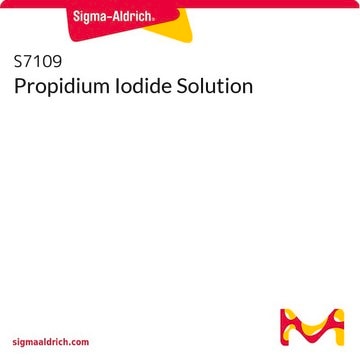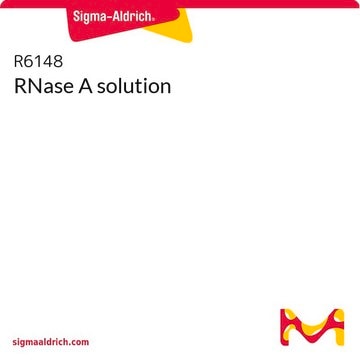There is no much product data for product P4864. There is a Live/Dead cell staining kit that also uses propidium iodide as the dead cells stain.
Provided here is the basic info from the instructions for kit 04511 and as mentioned in the instructions, 100ul of the assay solution has to be used.
1. Add 10 µl Solution A and 5 µl Solution B to 5 ml PBS to prepare assay solution.
2. Wash cells with PBS several times to remove residual esterase activity.
3. Prepare a cell suspension with PBS in which the cell density is 1x105 to 1x106 cells/ml.
4. Add 100 µl of assay solution to cells and incubate the mixture at 37 ºC for 15 min.
5. Detect fluorescence using a fluorescence microscope with 490 nm excitation for simultaneous monitoring of viable and dead cells. With 545 nm excitation, only dead cells can be observed.
The concentration of each reagent should be optimized. Following steps may be necessary to determine the suitable concentration of each reagent:
1. Prepare dead cells by 10 min incubation in 0.1% saponin or 0.1-0.5% digitonin or by 30 min incubation in 70% ethanol.
2. Stain dead cells with 0.1-10 µM PI solution to find a PI concentration that stain nucleus only, does not stain cytosol.
3. Stain dead cells with 0.1-10 µM Calcein-AM solution to find a Calcein-AM concentration that does not stain cytosol. Then stain viable cells with that Calcein-AM solution to check whether the viable cell can be stained.








